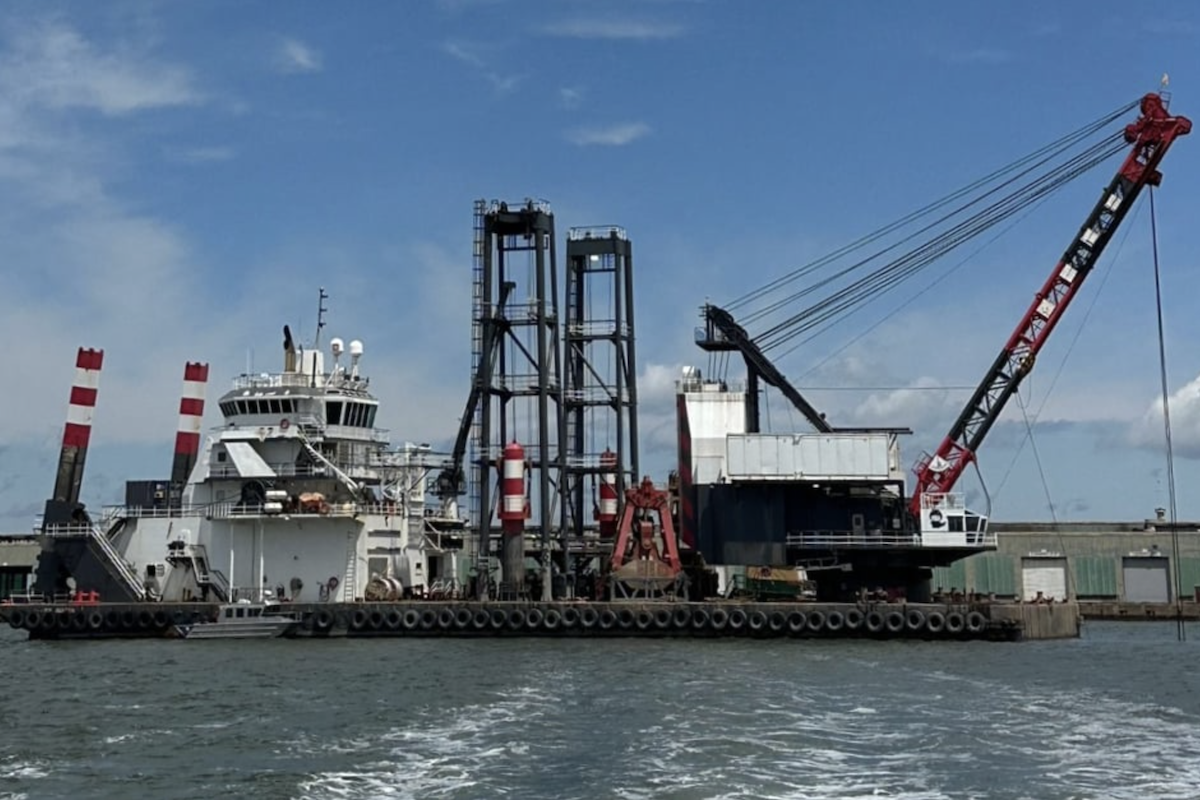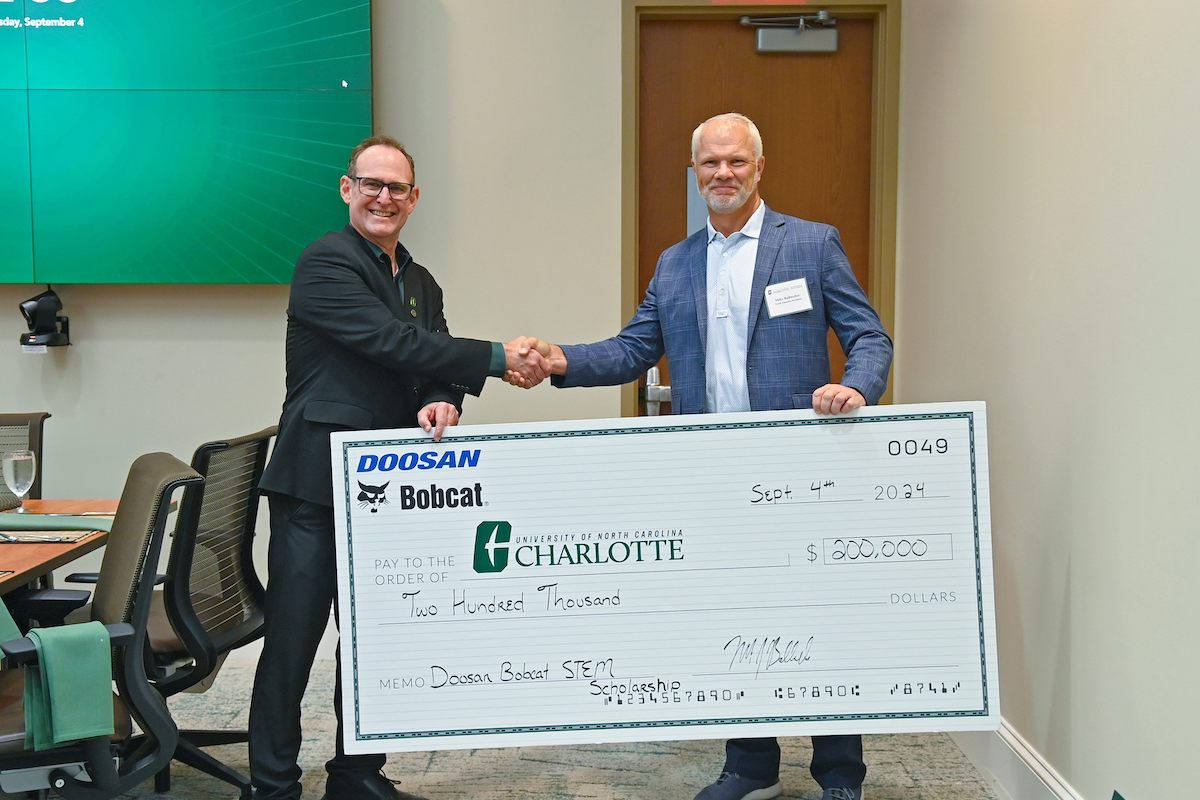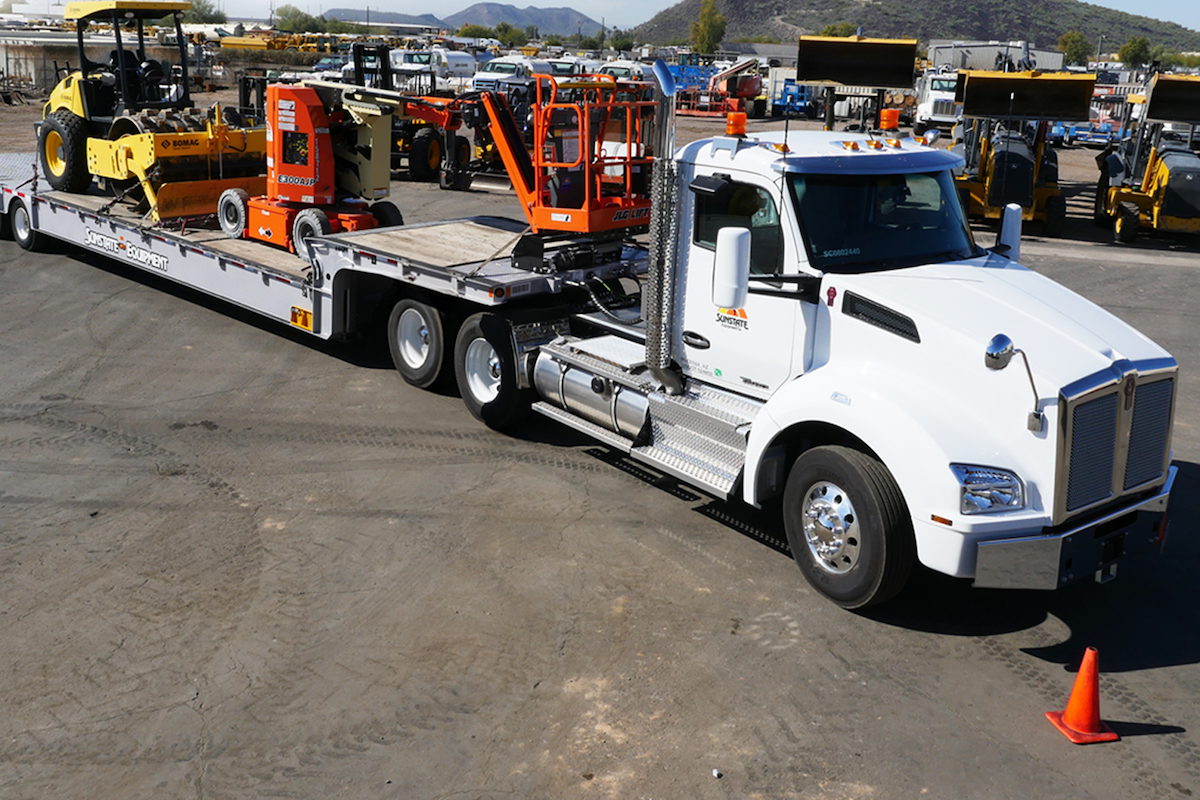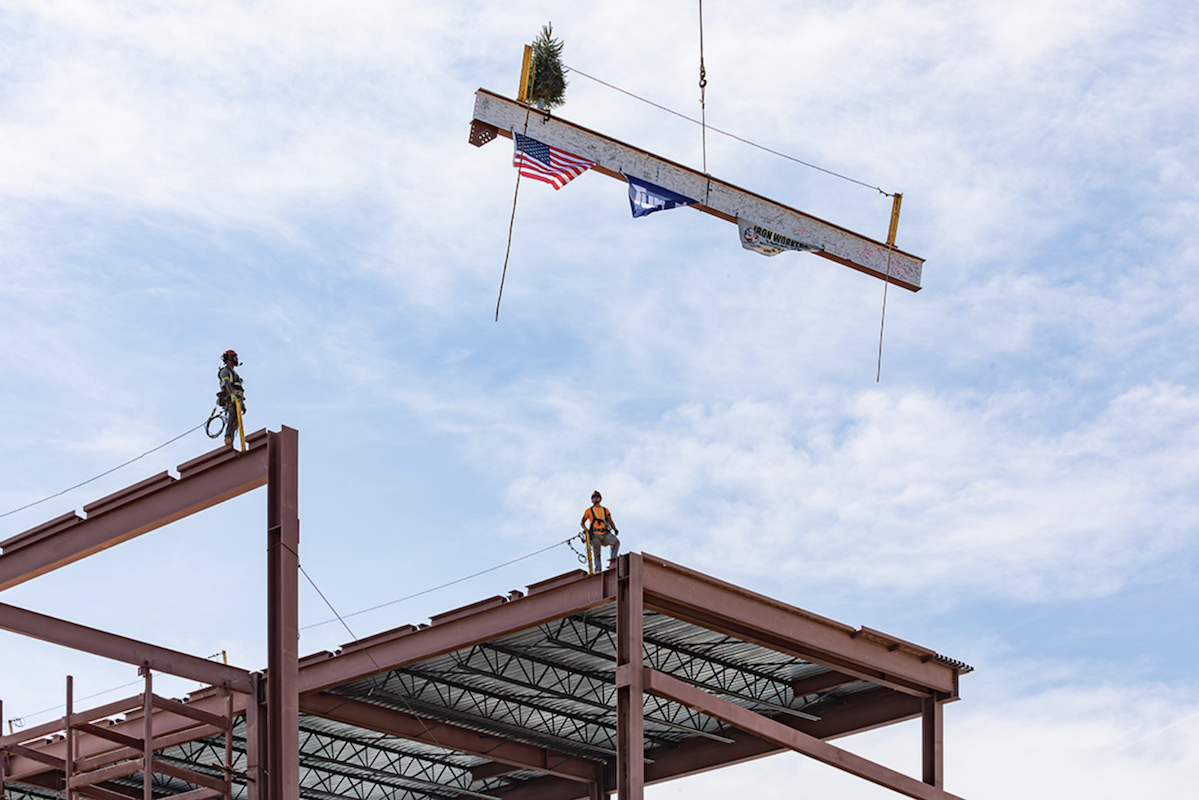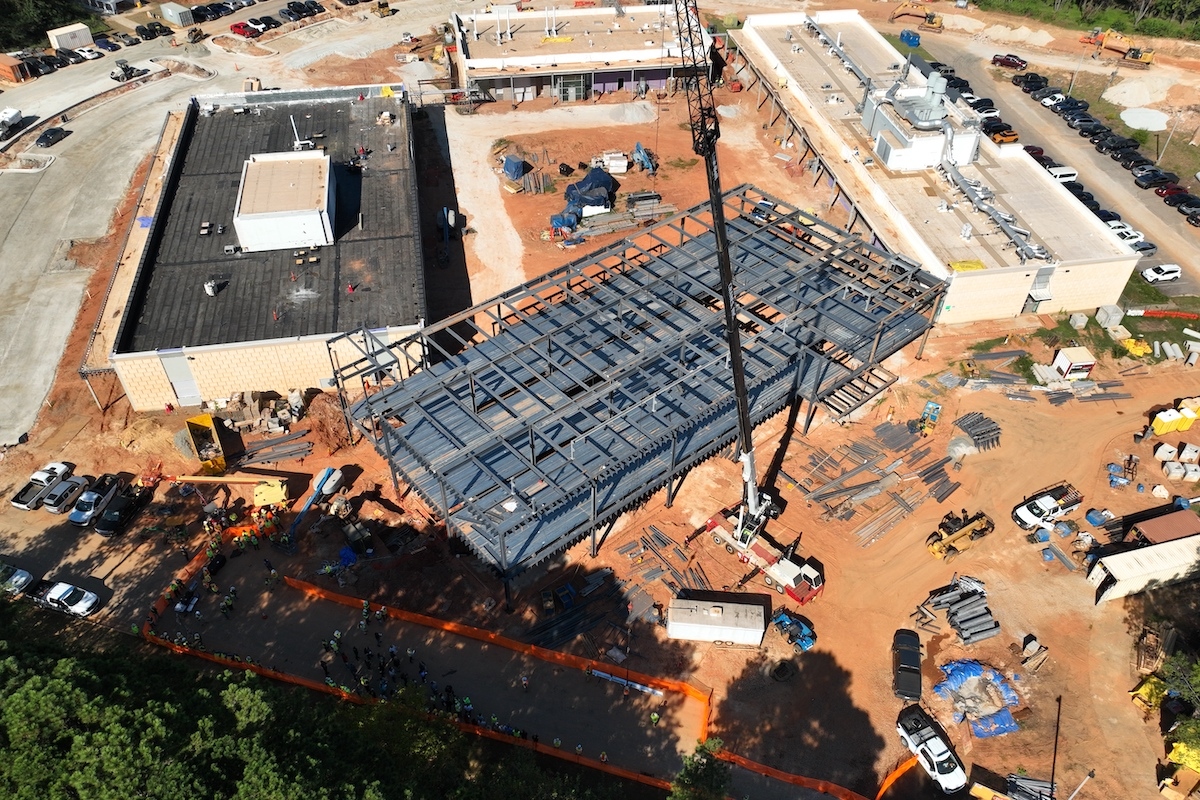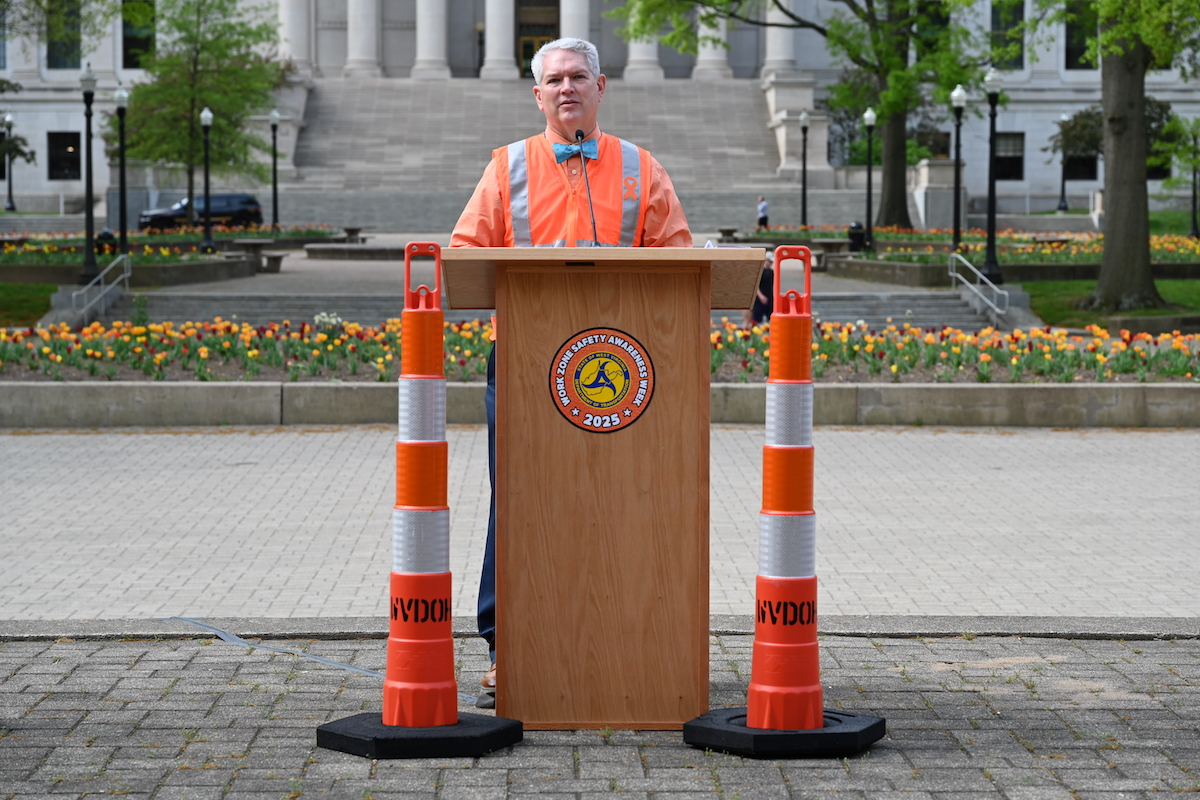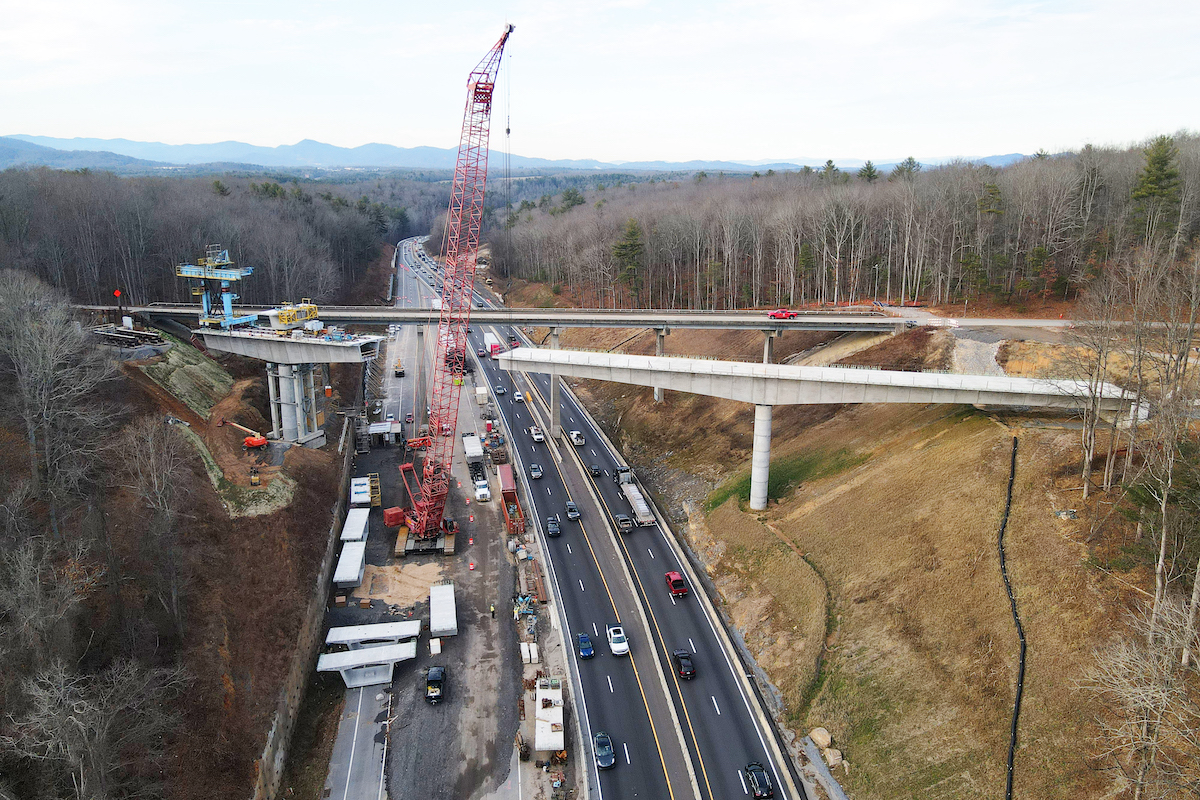Construction sites are dynamic and hazardous environments where the well-being of workers should always be a top priority. Among the various safety measures, an often overlooked aspect is the practice of escape routes. In active work zones where danger will always lurk, having well-established escape routes can be a matter of life or death.
Better Awareness and Preparedness
Active work zones are characterized by constant activity, heavy machinery, elevated structures and hazards such as falling debris, unstable surfaces and moving vehicles. While preventive measures and safety equipment play a vital role in protecting people, having a well thought out escape route is equally important.
By familiarizing themselves with the layout of the construction site and escape routes, including obstacles, bottlenecks and alternative paths, workers can better avoid hazards. This heightened awareness empowers split-second decision-making that can prevent accidents and injuries and is just one benefit in a list of many including:
Promoting Calmness
Being confident in the escape route and having practiced it beforehand can reduce the risk of workers having a panic-related response.
Minimizing Response Time
Regular drills and simulations provide an opportunity to refine escape routes and condition workers to react promptly. Regular practice ingrains routes into workers' muscle memory. This subconscious response is crucial during high-stress situations when cognitive abilities may be compromised.
Testing Emergency Procedures
Escape route practice sessions also serve as an opportunity to stress test emergency protocols. By simulating different scenarios, workers can identify weaknesses in the existing safety measures.
Boosting Team Coordination
These exercises encourage workers to cooperate in relaying critical information to one another. Improved workforce cohesion can enhance overall safety, as workers act as a unified front in emergencies.
Ensuring Regulatory Compliance
Practicing escape routes aligns with the legal and ethical obligations of construction site managers. Regulatory bodies and industry standards often mandate the implementation of safety procedures that include escape plans.
Establishing an Escape Route
Each work zone has unique considerations; however, there are three critical steps to reduce the risk of an incident that apply in all scenarios. These include setting up a proper flagging station, planning and practicing the escape route, and following the Cardinal Traffic Control Safety Rules.
Setting Up a Proper Flagging Station
Do not set up flagging positions immediately after a curve, downstream of a hill or behind obstructions such as vegetation, signs or parked vehicles. The location must provide clear visibility to approaching traffic and line-of-sight between the qualified traffic observer (the protector or flagger) and the work crew.
To allow adequate time for driver decision and response, advance warning signs, markers and lighting should also be deployed per the Federal Highway Administration’s (FHWA) Manual on Uniform Traffic Control Devices (MUTCD) for Streets and Highways, which defines the standards used by road managers nationwide. Note that signs should always be posted before curves and hill crests. Additionally, flaggers will wear appropriate safety equipment such as high-visibility vests, hard hats and protective footwear, also including a storm whistle to warn others about potential dangers in noisy work zones.
Planning and Practicing the Escape Route
AWP Safety defines the escape route as a clear pathway that workers can follow, that is on level ground to avoid tripping and falling and that is free of obstructions commonly including barriers, guardrails, vehicles, equipment, and debris.
It is first important to evaluate the job site hazards workers may encounter like trees/bushes, loose earth or gravel, drainage ditches, fences, vehicles, signs and guy wires on utility poles. At the same time, the escape route cannot lead people into a more dangerous situation such as down or up a slope, on to another uncontrolled roadway, over a guard rail, into water, over a wall or onto railroad tracks for instance.
Once established, workers should practice the escape route before construction activities begin as well as at the beginning of each shift as site conditions can and frequently do change overnight.
Following the Cardinal Traffic Control Safety Rules
AWP Safety has a mission to eliminate fatalities and injuries from a vehicle entering a work zone – and to eliminate at-risk behaviors that could result in a vehicle violating a zone – that is reflected by our Cardinal Traffic Control Safety Rules. These include a thorough site/hazard assessment as noted in step two, a pre-job safety briefing where workers discuss known hazards and practice the escape route for that day, and use of visual/audible traffic control PPE including aforementioned warning signage, protective gear for workers and a storm whistle worn by a protector who remains vigilant at all times to recognize dangerous situations. These rules are the foundation of AWP’s safety policies and procedures and are a good model to all managers of roadside construction activities.
Practice Makes Perfect
When faced with potentially life-threatening situations, individuals who have repeatedly practiced escape routes are more likely to remain calm and composed. The confidence gained from such drills helps workers trust their instincts, make rational decisions and execute the necessary actions swiftly, thus improving their chances of escaping harm.
Investing time to plan and practice proper escape routes ultimately results in safer work environments, prevents injuries and saves lives. Prioritizing their implementation and rehearsal is crucial for creating a culture of vigilance throughout the organization and on each job site.
About the Author
Mark Ludewig is the Vice President of Safety for AWP Safety, North America’s leader in professional traffic management. Ludewig has over 30 years of experience in environmental, health and safety management and leads AWP Safety’s ongoing enterprise initiatives to deliver the safest work zones by leveraging industry data, aligning enterprise with all-encompassing traffic control solutions, and ensuring compliance at all levels. He holds a master’s degree in safety engineering and management from West Virginia University and a bachelor’s degree in psychology from West Liberty University. He is a Certified Safety Professional, Safety Trained Supervisor and Smith System Driver Instructor.
























